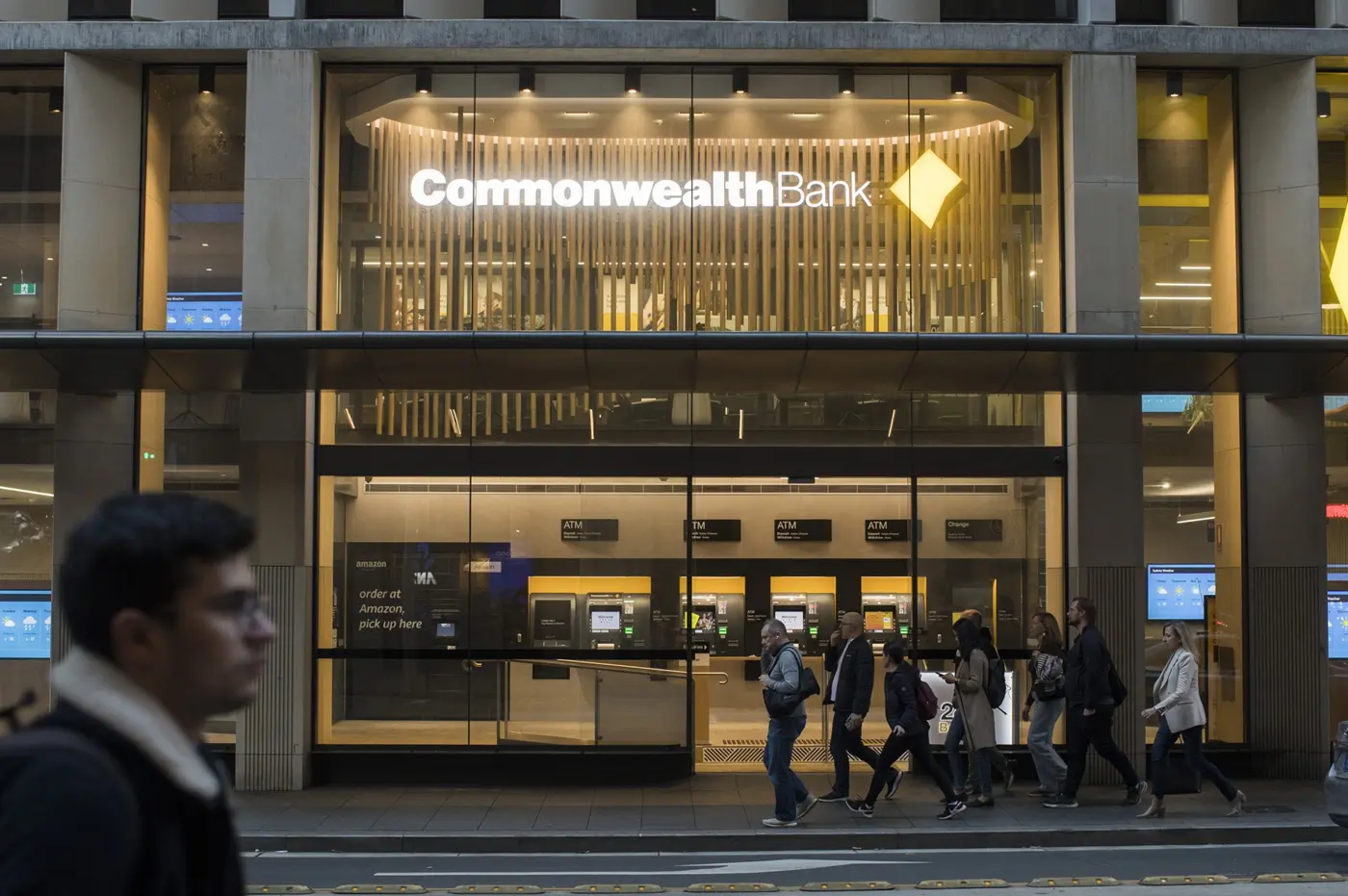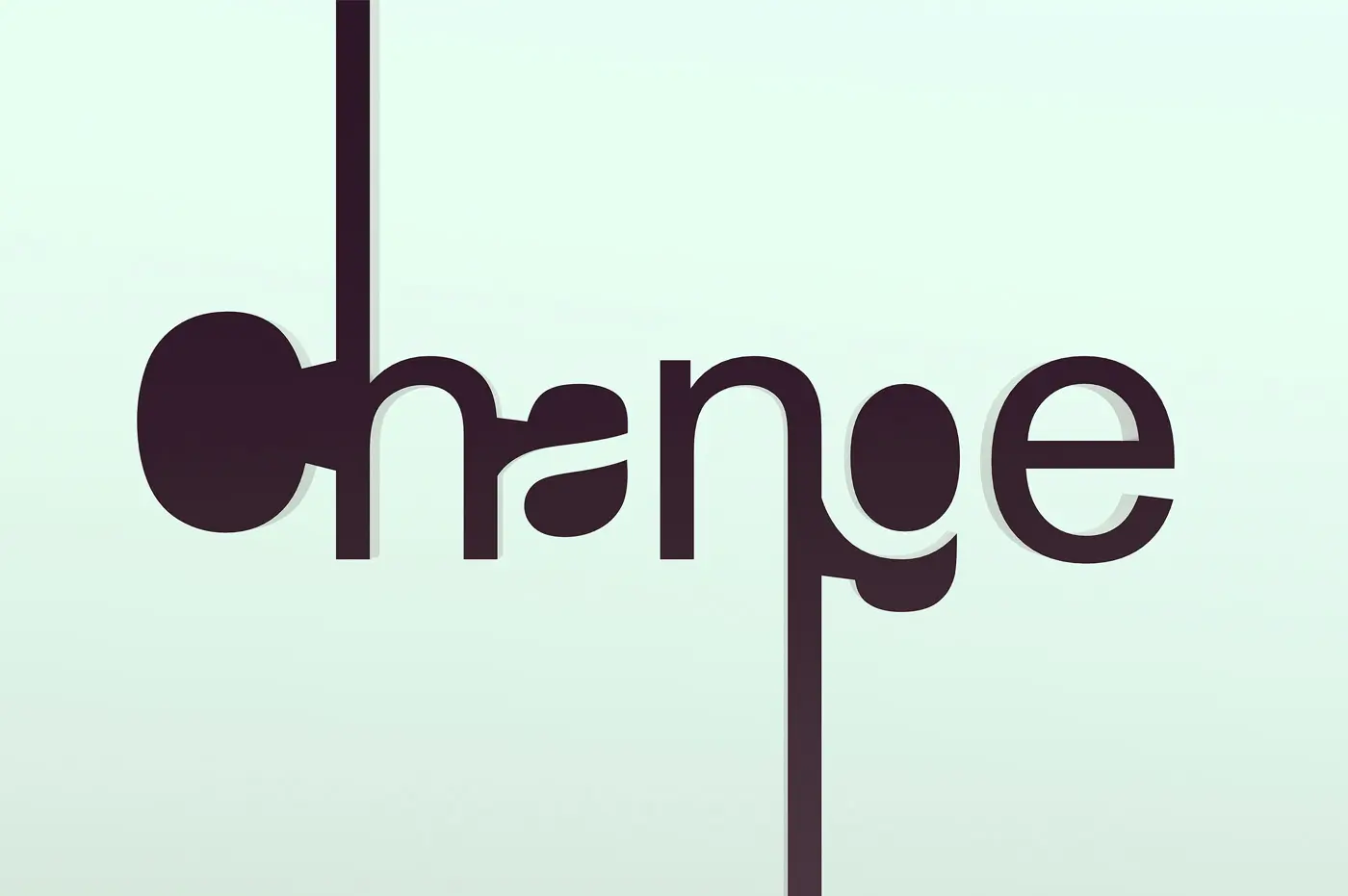In an age where consumer attention is a fleeting commodity, brands are battling to captivate and retain it. Lateral thinking in branding emerges as a vital strategy in this struggle. This approach is rooted in the art of problem-solving through an indirect and creative angle, often involving looking at things from a new perspective or coming up with unorthodox solutions. In branding, lateral thinking encourages the departure from the linear confines of traditional marketing to foster innovative brand identities that resonate with audiences on a more profound level.
Why Lateral Thinking in Branding is More Than a Buzzword.
The marketing and branding landscape is saturated with messages that often mimic each other in form and content. Lateral thinking in branding is not just about differentiation for the sake of being different; it’s about carving out a unique space in the consumer’s mind. It allows brands to reinterpret and redefine their narratives, creating brand experiences that are not just seen or heard but deeply felt. It’s the difference between a brand that is known and one that is truly understood and embraced.
The Strategic Advantage.
Incorporating lateral thinking into a branding strategy transforms the conventional approach to building brand identity. Where traditional processes might rely on market trends and competitive analysis, lateral thinking in branding leaps into uncharted territory. This doesn’t mean ignoring data but using it as a springboard for innovation rather than a confining box. By applying this mode of thought, brands can uncover untapped market niches, create new categories, and formulate unique value propositions that speak directly to the evolving needs of consumers.












